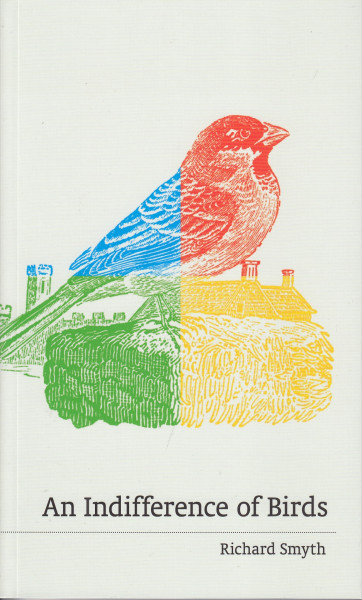Subtitled The Folklore of Rural Crafts, this book explores the folklore relating to some of the world's oldest crafts.
What we now think of as 'traditional crafts' are skills that used to be woven into the everyday life for whole communities, and they came with their own set of beliefs and ideas. Each chapter gives a brief over-view of the history of a particular group of crafts, the patron saints or the gods associated with them and the folk tales, superstitions and beliefs that grew up around them. The author specifically states that he has limited the areas covered in the book to ensure a deeper examination of specific beliefs, so the chapter on baking covers bread but not cakes (so now I want to research folklore around cakes!)
Norman takes an interesting approach, weaving stories of how crafts have historically been carried out together with strands from different mythologies to create an overview of how our ancestors viewed certain crafts, while also highlighting the similarities between different follkloric traditions.
The first chapter examines the importance of spinning in Egyptian, Norse, Greek, Chinese, Japanese and Christian traditions, drawing parallels between the different belief systems as well as looking at the role of spinning in day to day life for different cultures. The chapter continues, examining weaving, knitting, and, bringing it all up to date, yarn bombing, showing that we continue to make new traditions.
Interestingly, bees are one of the most popular animals to feature in folklore and Norman devotes a chapter to bee-keeping, looking at the evolution of bees themselves, the treatment of bee-stings and the use of honey in folk medicine as well as to the development of bee-keeping and the traditions surrounding it, including the tradition of 'telling the bees' when their beekeeper has died.
The chapter about blacksmithing shows how in ancient times, blacksmiths were believed to have mystical or healing powers that aligned them with shamans, though other traditions assign a more sinister alliance to the blacksmith - the story The Blacksmith and the Devil is one of the oldest known folktales. This chapter also gives detailed advice on what type of horseshoe to use and how to hang it on your home if you want it to bring you luck!
The chapter on brewing traces the importance of beer back to ancient Egypt where the brewery of Ramses gave payments of beer to temple administrators. There are over one hundred deities linked with beer and the brewing process, which attests to the drink's central value over the centuries. "..it was generally believed that getting drunk would bring you closer to the gods." A whole section is devoted to the health benefits of beer, most of which have been superseded by modern medicine if not downright debunkedthough it is certainly true that in times when good drinking water couldn't be guaranteed "switching from water to beer during periods of widespread illness did help to save more lives."
The final chapter focuses in baking bread - old folklore traditions link the stones used for grinding grains to make flour to the turning of the seasons and in fact "[m]yths from Finland and the
Scandinavian countries speak of the World Mill, constantly turning out cosmological good or bad fortune." This chapter outlines the evolution of the role of millers in communities, as well as stories around the dietary value and religious significance of bread.
The dashing through the various traditions could possibly be overwhelming for some readers, but I found it fascinating.
Disclaimer: I received a free e-publication of this book in exchange for an honest review.



















































